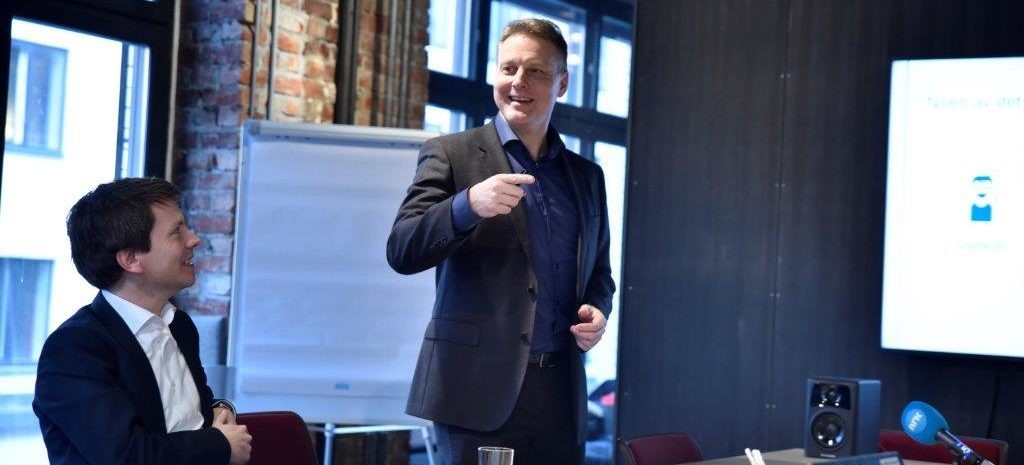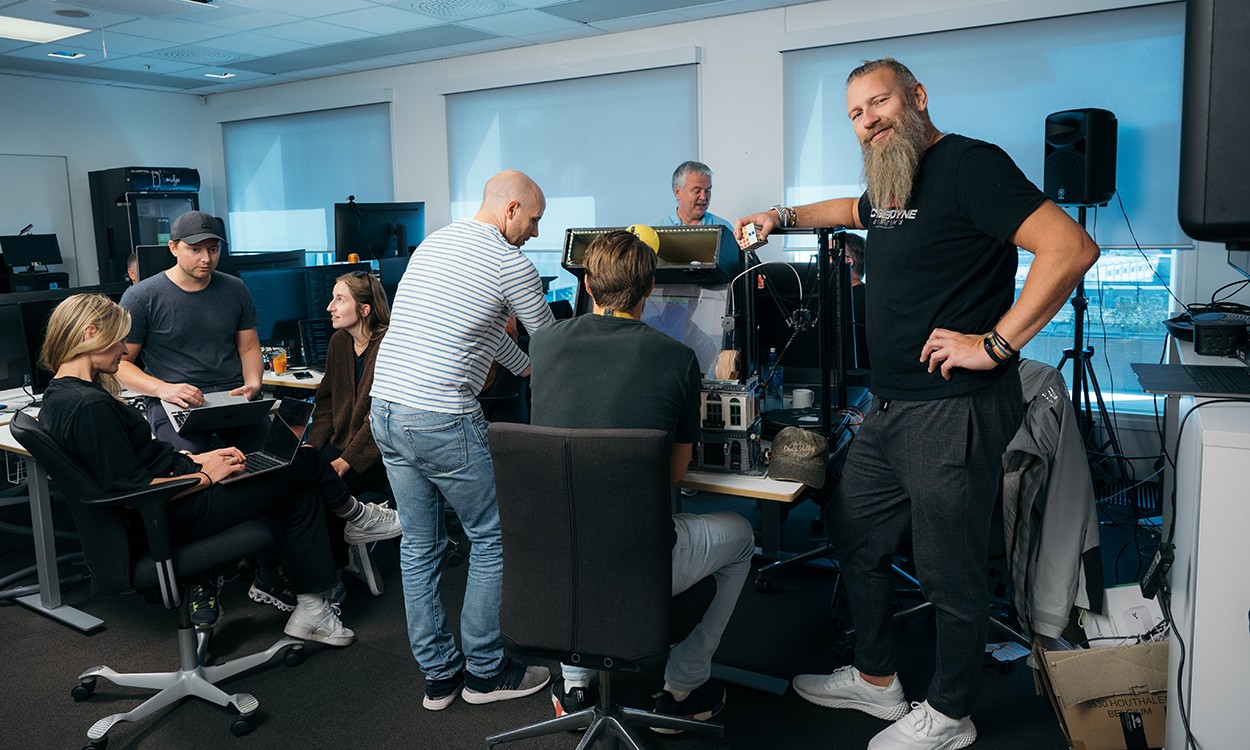It is longer than four football fields, heavier than 55 nuclear submarines and has room for more than 300 million bottles of wine.
Yes, Maersk Triple E is the largest container ship in the world to date.
With space for over 18,000 containers, it is a Danish and Korean engineer’s wet dream.
Through a new documentary series on Discovery Channel, we get a unique insight into the 19-month process it took to get a container ship off the drawing board and ready for its maiden voyage.
We follow designers, engineers and workers in their struggle against time and a number of technological and physical challenges.
Although Danes were largely behind the design of this massive container ship, it was built in a shipyard in South Korea.
Ship parts come from all over the world, including Norway, Germany, England and other Asian countries.
But assembling a ship measuring several hundred meters not only poses challenges in the water, but also on land.
Engineers often had to come up with ingenious and enterprising solutions for how to transport and assemble parts for these massive ships.
Between them, more than 60,000 tons of steel have been used in the ship’s hull, which is divided into 24 large “mega-blocks”. Each of these mega blocks weighs 2,200 tons and must be placed in the correct position before they can be welded together.
In the past, ships were built from the ground up, but to save time engineers used a different method in that they built the ship end to end with ready-made parts.
– The reason why we use these megablocks is to save time. The biggest time-stealer when building a ship is where it sits at the dock, says Peter Bertelsen, who has primary responsibility for the hull.
To move these massive blocks would require construction almost as impressive as the ship itself:
A solid faucet that floats on water.
The crane is capable of lifting loads of up to 3,600 tonnes and stretches tens of meters into the air. Even though the loads that can be lifted are very large, that doesn’t mean that workers and cranes don’t face challenges.
– Wind is our biggest challenge. There is no room for error, the South Korean crane operator told TV cameras.
Additionally, it can tip over due to its weight, but thanks to an ingenious system, the floating weight can be filled with water to even out the weight and stand firm.
Monster ship
Maersk’s new pride is 400 meters long, 59 meters wide, 73 meters high and weighs more than 200,000 tons.
It received the name “Triple E” based on the three principles of Maersk ships in the E class: Economy of scale, Energy saving and Environmental friendliness.
The new ship uses less fuel than Maersk’s other large E-class ships and also has a number of energy saving measures that its predecessors did not have.
This is something that Maersk Line’s Chief Operating Officer, Morten Engelstoft, is very proud of. According to Engelstoft, it was very exciting to be able to tell the TV audience about the ship’s birth.
– With its size and energy-efficient technology and design, the Triple-E is an extraordinary vessel. “We are very enthusiastic about these ships and proud to have Discovery Channel as a partner, so we can show the world how these ships are built, and at the same time provide insight into the people and spirit behind them,” he said.
500 kilometers on electricity
Besides being able to follow the construction process, you can also see what technology the ship has and how many cables are needed to connect everything.
More than 500 kilometers of cable have been laid, more than enough to cover the stretch between London and Paris.
The power line alone produces more than 26,000 kilowatts, which is enough electricity for 65,000 Danish homes, according to one engineer.
But controlling the Triple-E’s more than 40,000 horsepower is no joke and even experienced captain Jes Meinertz had to undergo thorough training on the boat’s power before he was allowed to try it out at sea.
We follow Captain Meinertz through training on a ship simulator outside Copenhagen.
– What Meinertz experienced here is what we hope he will experience in real life, says instructor Jens Bay.
The simulator session includes, among other things, adding a digital version of the port in Singapore, one of the busiest ports in the world.
Included in the simulation are weather, ship traffic, and other possible challenges.
– Weather makes a big difference. Lots of rain or thick fog is our biggest enemy. You have to be very careful with the targets on the radar, because they disappear quickly in bad weather, the captain tells the camera.
Maersk has ordered 20 Triple E type ships. Ten have already been built.
The documentary series “Maersk: Building the world’s largest ship” airs every Thursday on Discovery Channel at 10 p.m.

“Music maven. Evil pop culture lover. Unapologetic creator. Friend of animals everywhere.”






